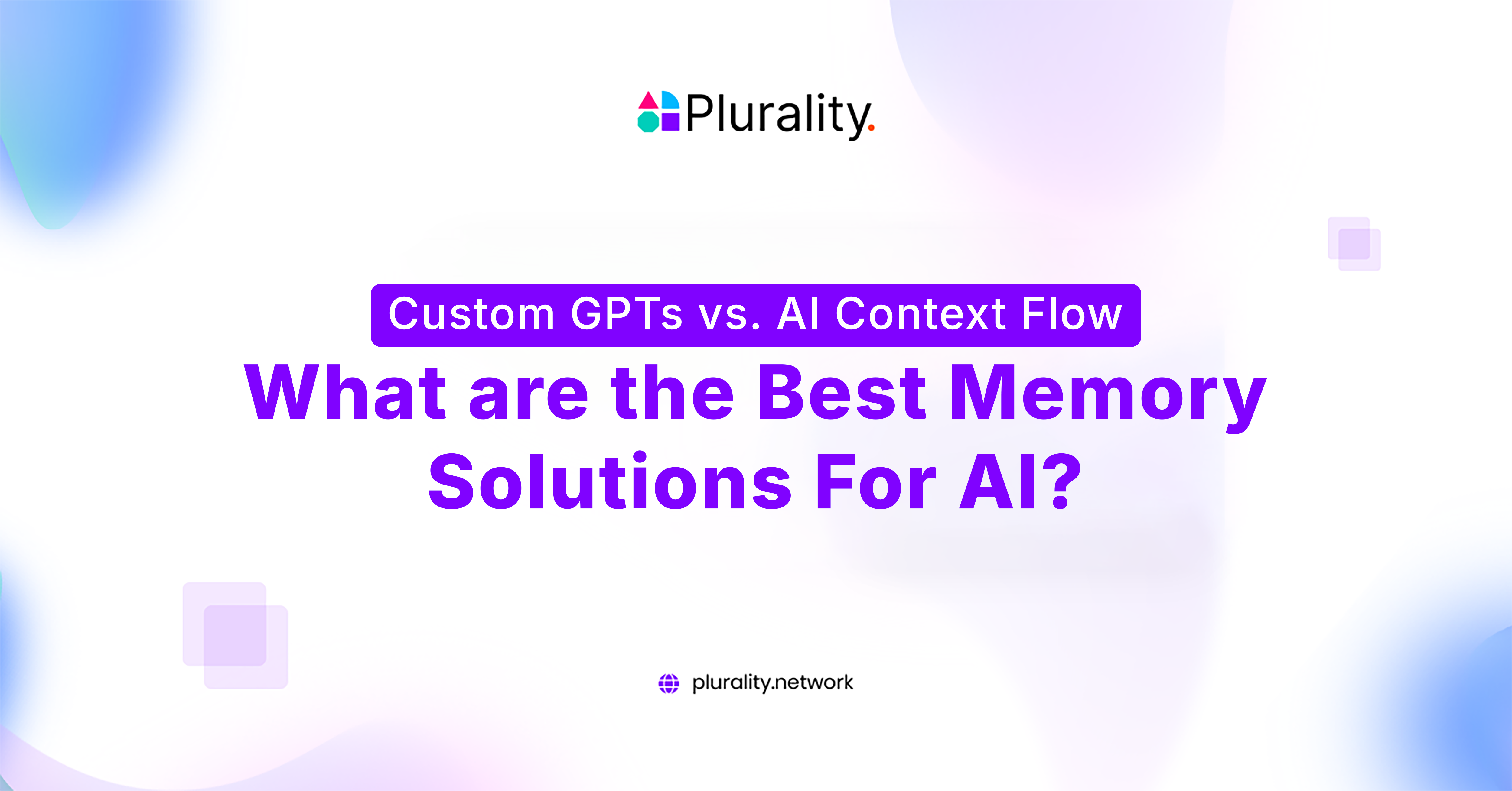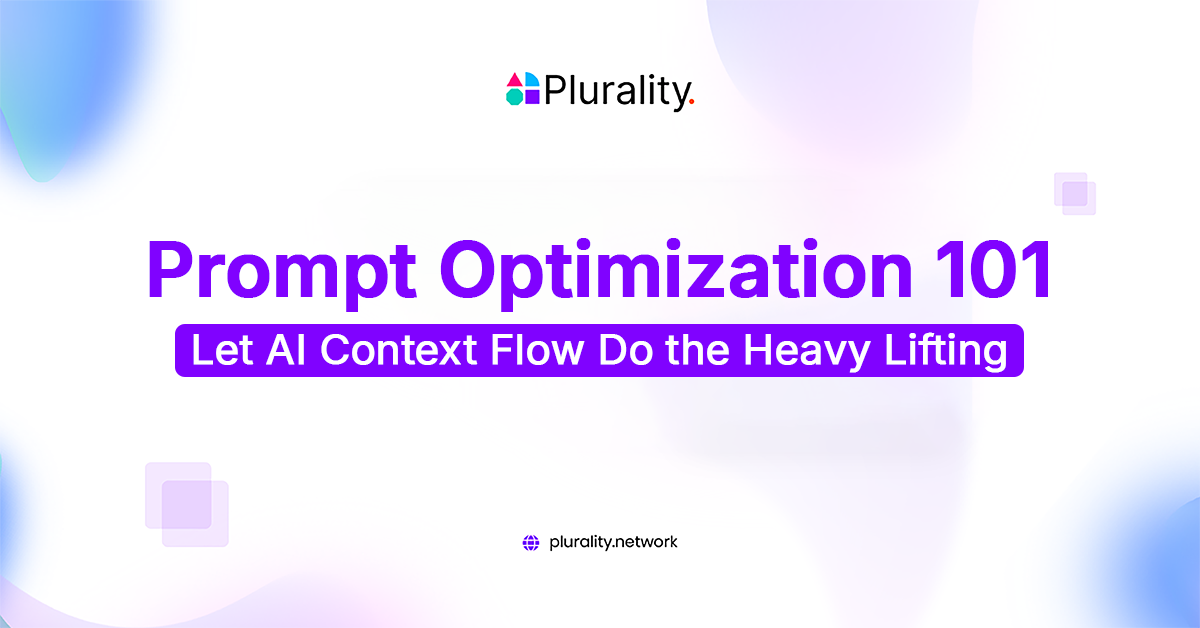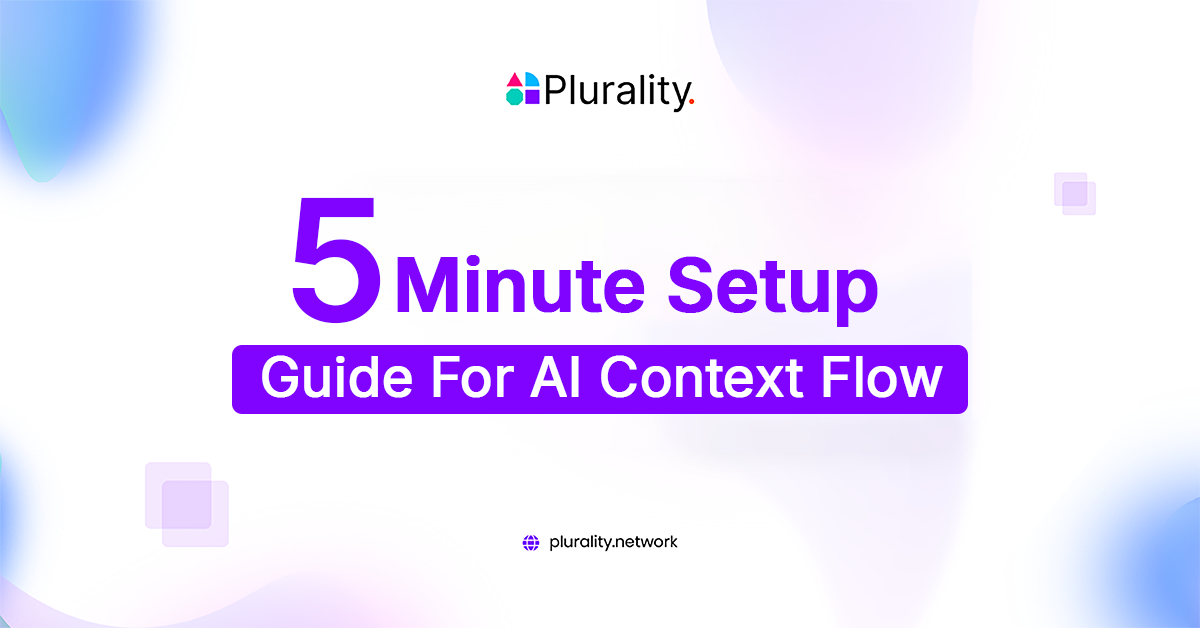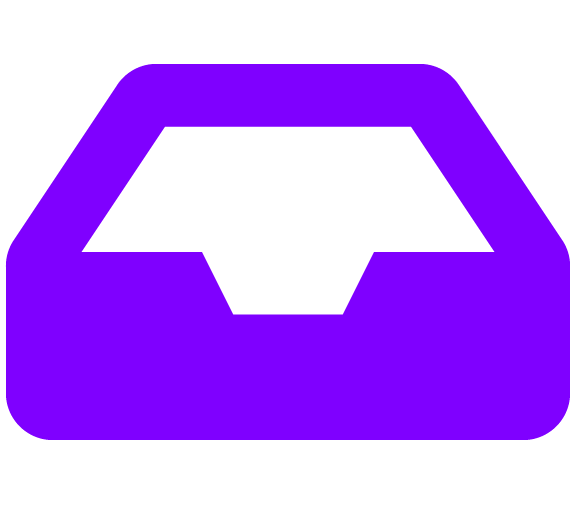Why is Chain Abstraction the Next Frontier of Web3 UX?
By Alev • October 18, 2024

The blockchain space is constantly changing and is a work in progress. Pinpointing the user’s perspective, jumping from one blockchain to another, managing various accounts, and dealing with complex transactions and digital assets can all be exhausting.
Interacting with multiple chain infrastructures can be a technical challenge. Transferring tokens between chains, managing multiple gas tokens, and using bridges to move assets across chains introduce a steep learning curve that can discourage broader adoption of Web3.
Chain abstraction intends to simplify blockchain usage for users. Instead of dealing with multiple tokens, wallets, or networks, users can transfer assets and access apps without worrying about technicalities. It modifies accessibility so the user has nothing to do with the background processes. It solves this fragmented Web3 ecosystem by abstracting the technical details and simplifying user experiences.
UX Challenges on Blockchain
Since there is a diversified range of blockchains, each has its protocols, tokens, and transaction fees. Things are trickier for users, as they have to manage multiple wallets, seed phrases, and gas tokens, complicating a single transaction on a blockchain. Transferring and managing assets requires bridges, which further exacerbates the fragmented Web3 experience for the users.
Users must pay transaction fees on each new blockchain in the native token of that specific network, forcing them to hold and manage different tokens for each chain. This adds complexity and fragments liquidity, as assets are spread across multiple blockchains. As a result, users face additional friction when moving assets between chains, while developers encounter challenges in creating a seamless experience across these fragmented networks.
There are several barriers to entry for an average user. Experienced users often face hurdles when managing multiple blockchain addresses and accounts across different networks. The constant need to interact with disparate blockchains can overwhelm users, leading to slow adoption. Furthermore, fragmented liquidity across different chains impacts both users and developers, as liquidity is spread across various blockchains, complicating the movement of assets.
Chain Abstraction Simplifies Blockchain Interactions
Web3 delivers what it promises: decentralized solutions with complete authority. However, the fragmented nature of the blockchain landscape needs to be friendly enough for the average user. It requires a cohesive solution—chain abstraction.
Abstracting chains and wallets mask the underlying complexities of a blockchain network to offer a smooth user experience. RSM with chain abstraction is a smart solution that relies on a single interface to handle all its actions, interactions, and transactions.
For instance, Plurality Network’s Smart Profiles allow users to manage their assets across multiple chains without needing separate accounts for each blockchain. This eliminates the need for users to understand chain-specific details such as transaction formats, native tokens, and key management.
Chain abstraction creates a unified system where users interact with decentralized applications (dApps) across various chains. This unified system provides a user experience that significantly lowers the learning curve and increases mainstream adoption.

1. Cross-Chain Transactions Made Easy with Chain Abstraction
Facilitating cross-chain transactions, specifically transferring assets between variable chains, is the biggest challenge in blockchain. At the moment, bridges are involved in the process, incurring additional fees, risks of errors, and delays. Abstracting chains and wallets works much more straightforwardly than all of that. It ensures seamless cross-chain communication through a dedicated layer. The layer processes transactions without letting the user walk through all underlying blockchain networks.
With abstracted chains and wallets, moving assets between chains becomes effortless because it removes the manual hassle of switching between the handle bridges. Asset movement is streamlined with smooth and straightforward cross-chain interactions. It reduces the friction involved in every transaction and leads to innovation in enhancing the Web3 experience.
Forbes highlighted Polygon Agglayer as part of Web3’s evolution. It depicts advancements in multichain scalability and zero-knowledge technology. However, there is still a gap in the distribution channels. This protocol’s layer offers an infrastructure that enables cross-chain communication. Yet the challenge of distribution in this innovation impacts widespread adoption.
Another significant protocol is Chainlink CCIP (Cross-Chain Interoperability Protocol), which ensures secure and tamper-proof data transfers across blockchain networks. This protocol capability allows smart contracts to interact seamlessly across multiple blockchains. Chainlink CCIP makes it easier for decentralized applications to communicate and transfer assets without the complexity of managing separate blockchain networks.
While cross-chain transactions present significant challenges, protocols like Polygon Agglayer and Chainlink CCIP demonstrate the potential of chain abstraction to simplify the process. Polygon Agglayer enhances communication across multiple chains but highlights the need for effective distribution to drive adoption. In contrast, Chainlink CCIP ensures secure and tamper-proof data transfers, making it easier for decentralized applications to function across different networks. Together, these innovations streamline asset movement and underscore the importance of sturdy infrastructure in advancing the Web3 ecosystem.
2. Enhanced UX in Web3
The growth of the blockchain community has led to the rise of projects focused on enhancing user experience by incorporating chain abstraction techniques in Web 3 platforms. These initiatives strive to make it easier for users to interact with blockchains and improve interactions between chains.
By creating user systems for handling identities and assets across multiple chains, these projects tackle fragmentation, a persistent challenge in the blockchain industry. Incorporating chain abstraction streamlines transactions and enhances user interaction with apps more effectively. Additionally, Plurality Networks Smart Profiles empower users to oversee their assets across chains without the hassle of maintaining accounts.
Ultimately, users can interact without being riddled with the intricacies of multiple chains. These initiatives create a welcoming environment for users, and this focus on user experience is key in promoting the use of technologies.
3. Better Experience with Unified Liquidity
A significant advantage of chain abstraction is its capability to address liquidity issues effectively. Currently, liquidity is spread out among pools across blockchains, creating difficulties for users in efficiently utilizing their assets. Chain abstraction consolidates liquidity via an interface enabling users to access resources from chains without needing manual asset transfers.
This cohesive experience improves interactions for both developers and users. Developers can concentrate on creating applications without merging blockchain infrastructures, while users can effortlessly handle their digital assets. Incorporating Smart Profiles into this system enables users to access and leverage liquidity across chains, making their experience even more straightforward. This user-centric strategy is essential in ensuring that Web3 becomes as user-friendly as the known Web2 applications praised for their ease of use.
4. A Gateway to Mainstream Adoption
For Web3 to gain widespread acceptance, it must address the obstacles in the blockchain sector. The intricate nature of handling functions, wallets, and profiles can create an overwhelming environment for new users. Chain abstraction streamlines these interactions by offering a user interface that removes users’ need to deal with specifics.
Plurality’s Smart Profiles are essential in this process as they enable users to oversee their assets and identities across networks. The blockchain community enhances user experiences by creating tools that simplify interactions and reduce complexities. This integrated system enables users to handle their assets without needing in-depth knowledge of technology, resulting in a widespread acceptance of decentralized technologies.
What Does the Future of Web3 Look Like?
There has been a lot of focus on bringing the masses to Web3. This means that the upcoming innovation needs to make Web3 more accessible to the average user. Chain abstraction offers a user-centric environment, ensuring that all decentralized technologies are within reach for all users.
This change will eliminate the requirement for users to navigate the complexities of chains and enable them to concentrate on their interactions rather than the inner workings of the technology itself. Features such as Plurality Network’s Smart Profiles will make it easier for users to handle their identities and assets across networks seamlessly.
In the future, Web3 will become a space that encourages use and creativity as obstacles decrease, making it possible for billions to engage in the decentralized internet.
Conclusion
The evolving blockchain ecosystem increases demand for user-centric platforms and user-friendly experiences. The fragmented landscape poses user entry barriers and hinders the mass adoption of Web3 technologies. However, with the rise of chain abstraction and solutions like Plurality Network’s Smart Profiles, a path toward a unified, seamless user experience is breaking new ground.
With chains and wallets abstracted, decentralized technologies become more user-friendly by simplifying complex intricacies. This is not merely a technical solution to make Web3 accessible to the general masses; it also facilitates shaping the future user-centric decentralized ecosystem



